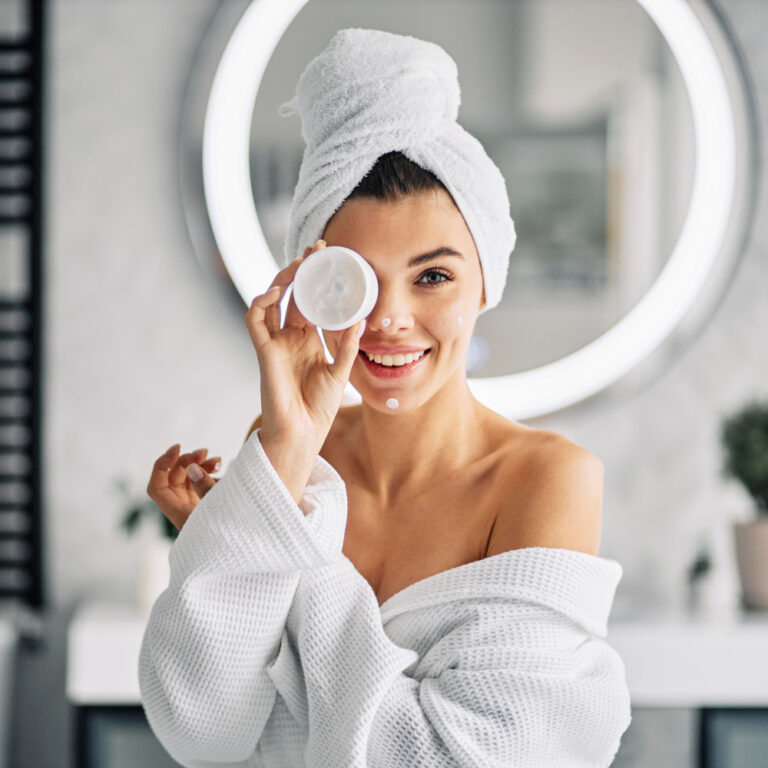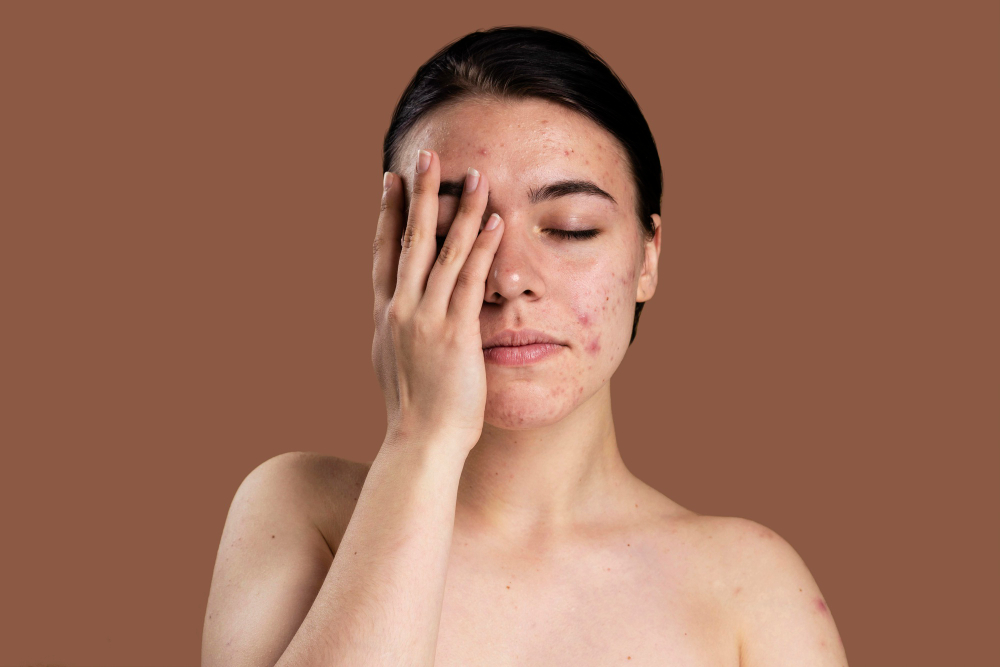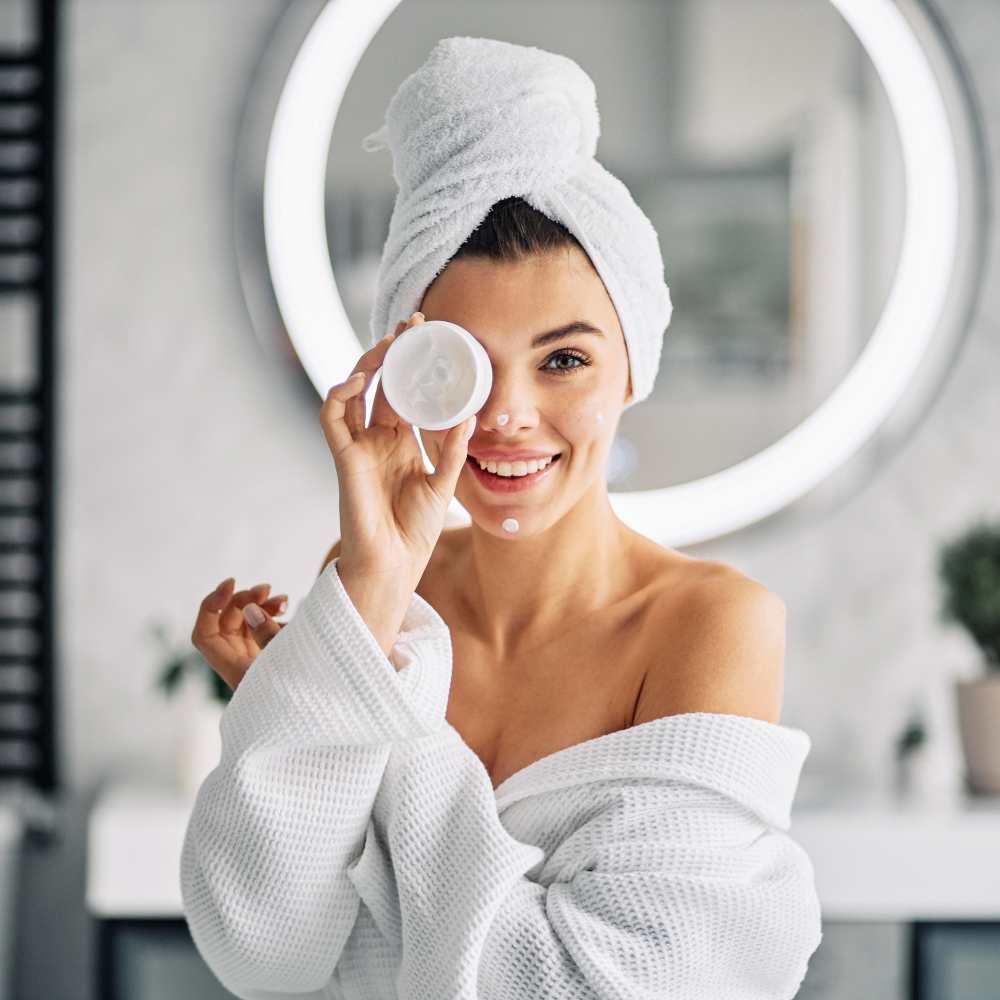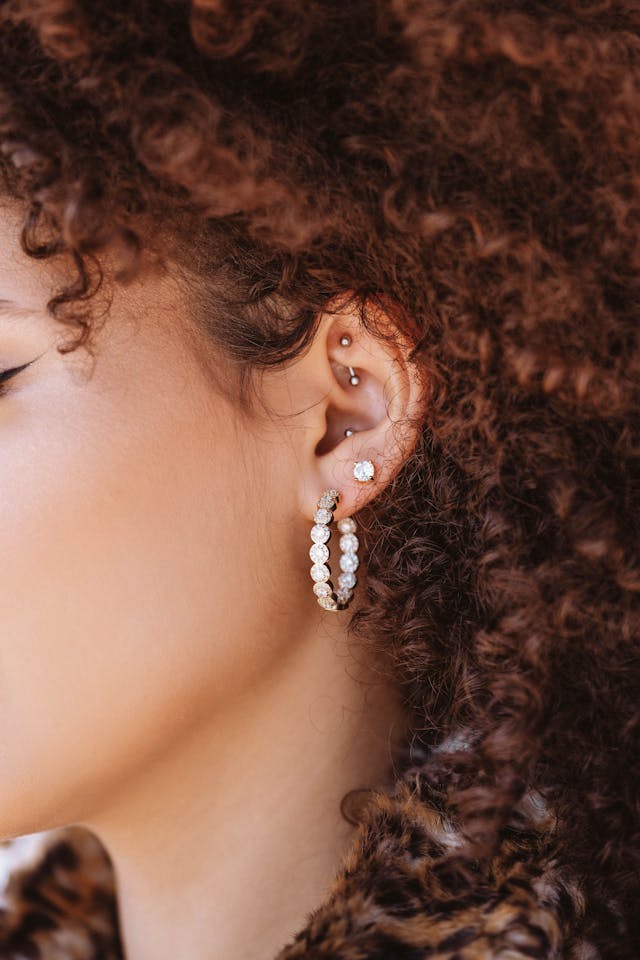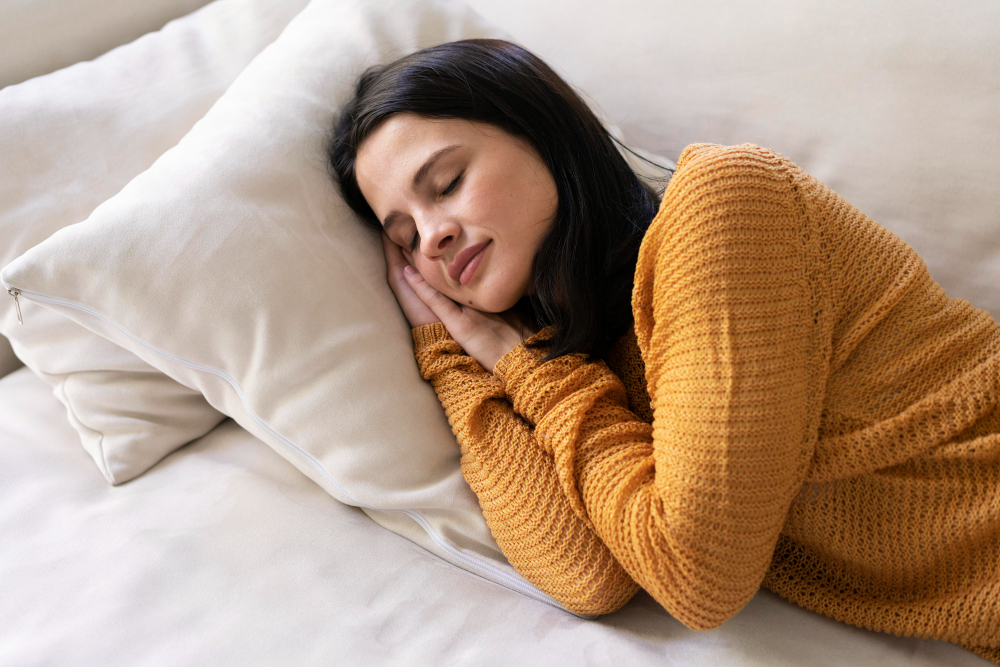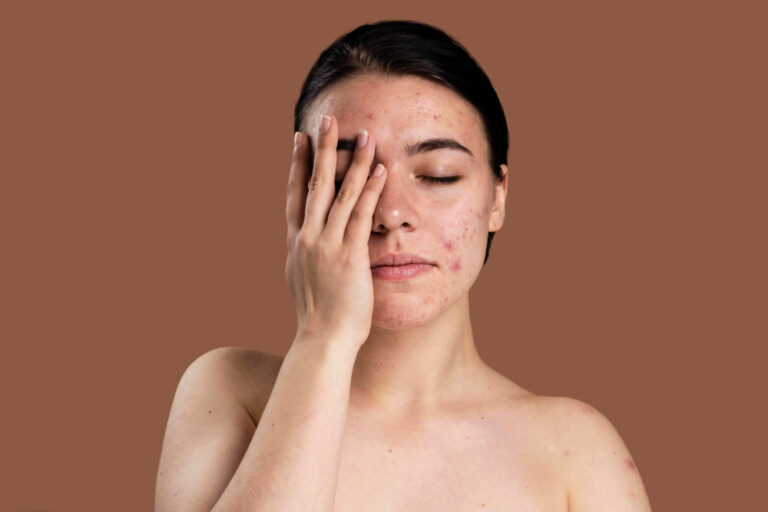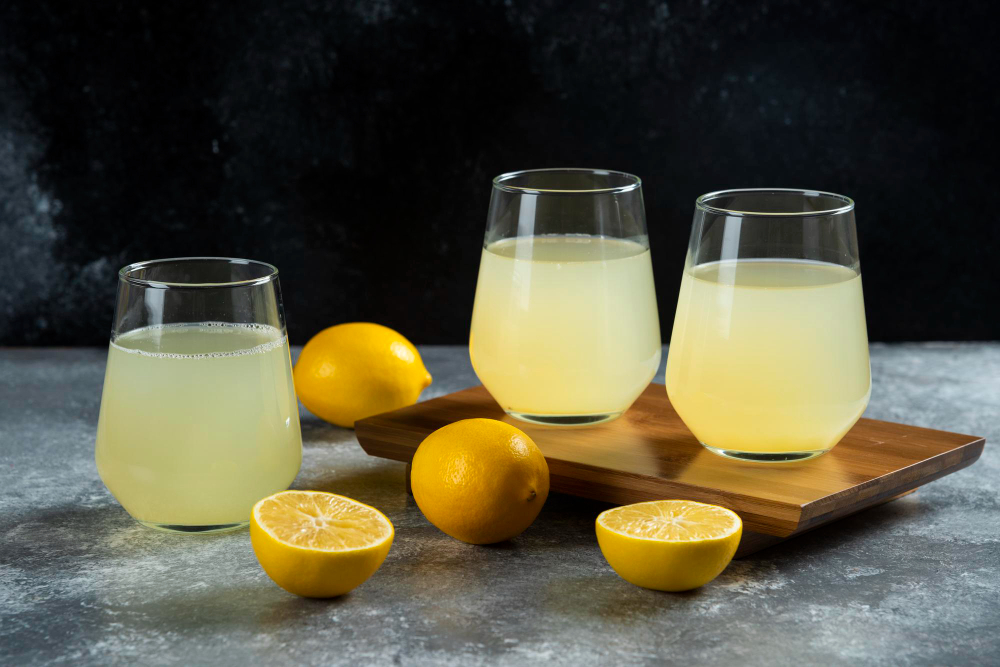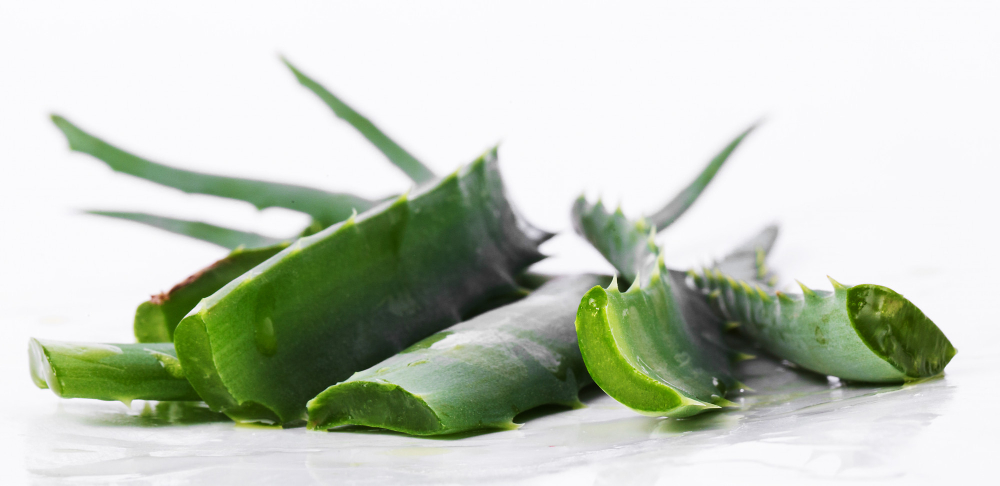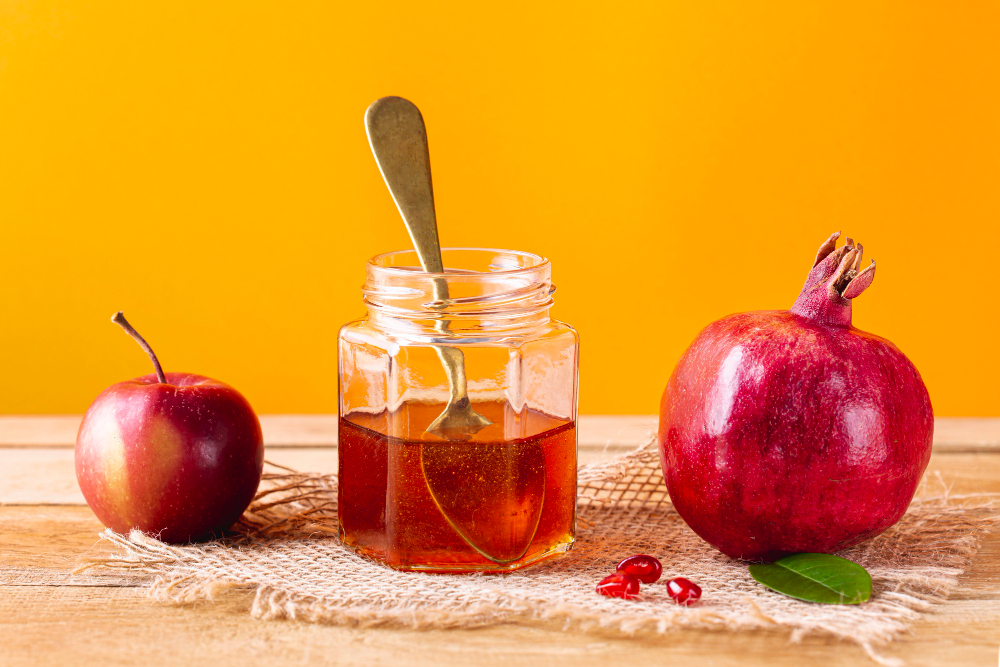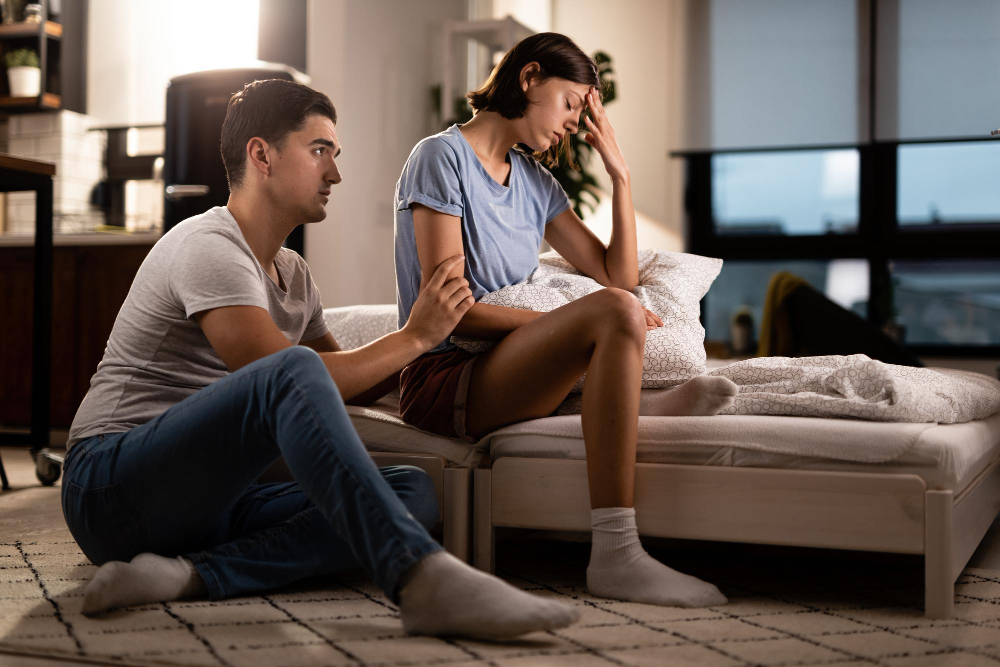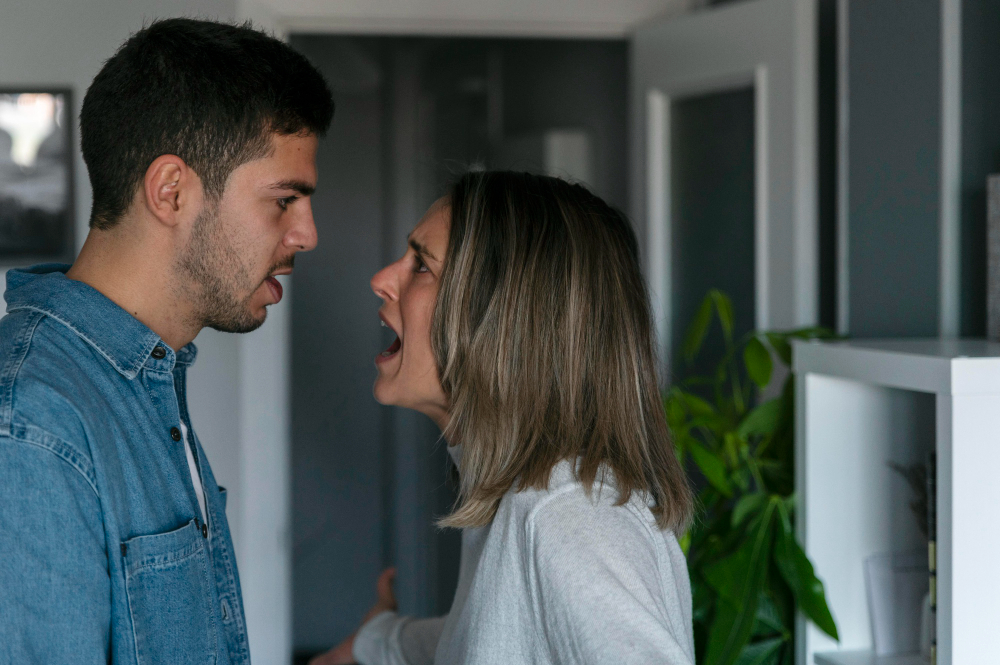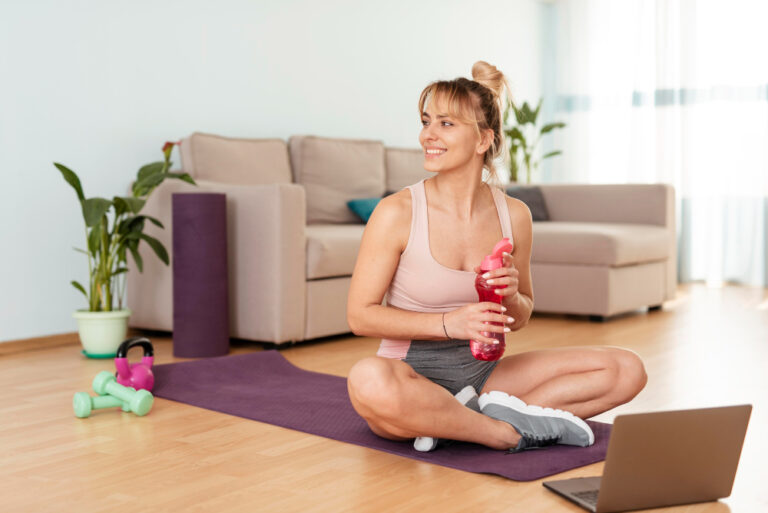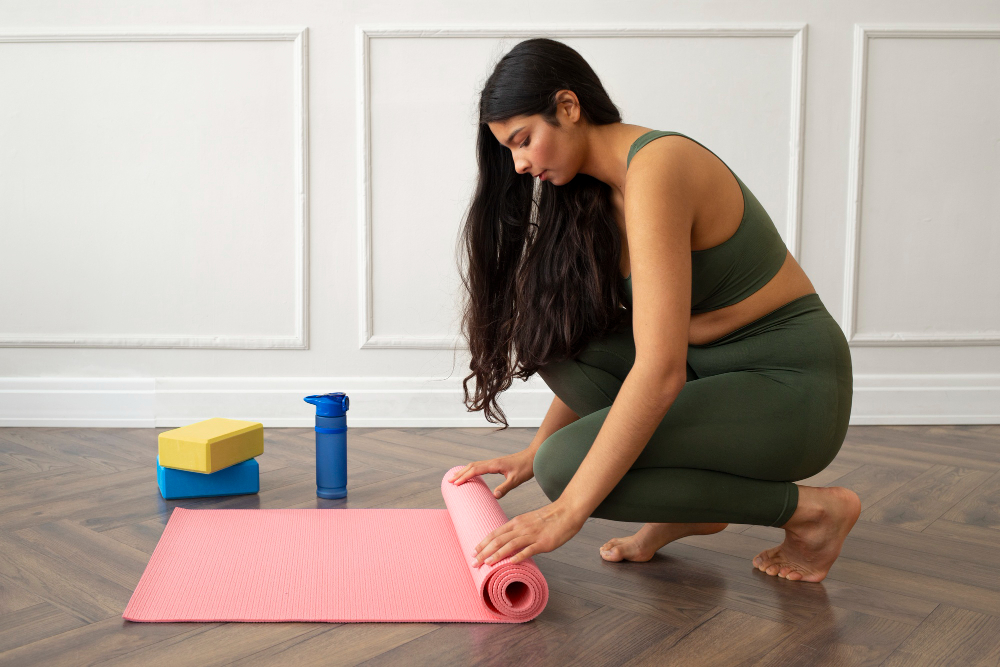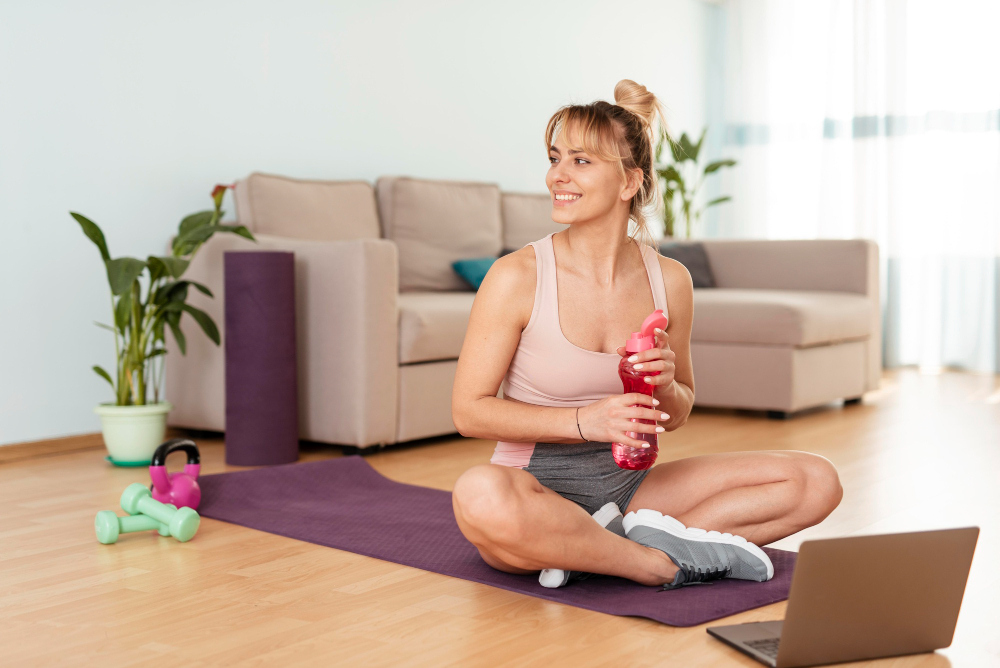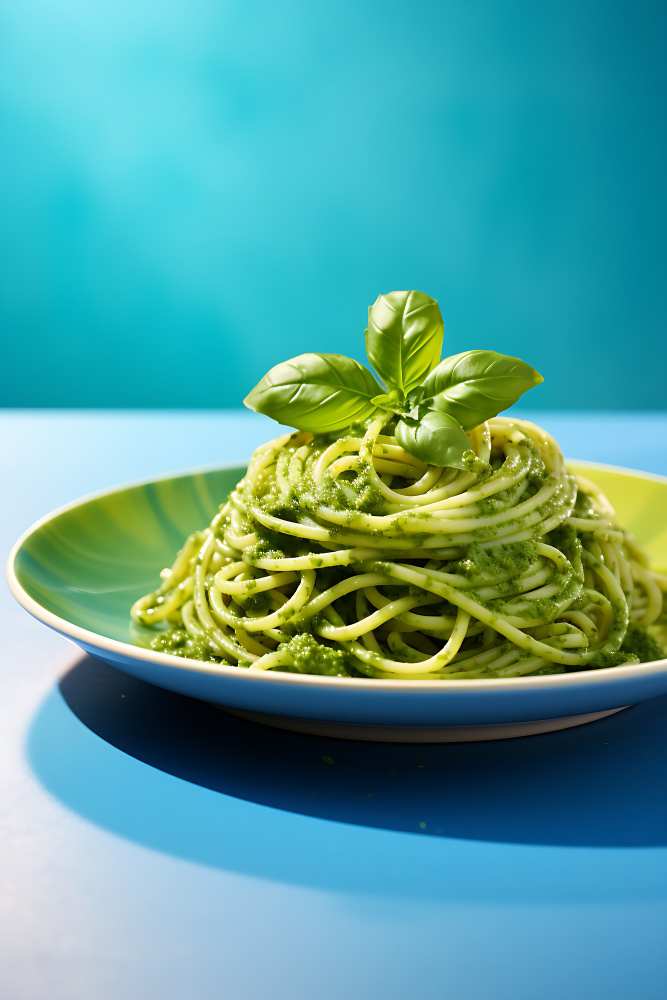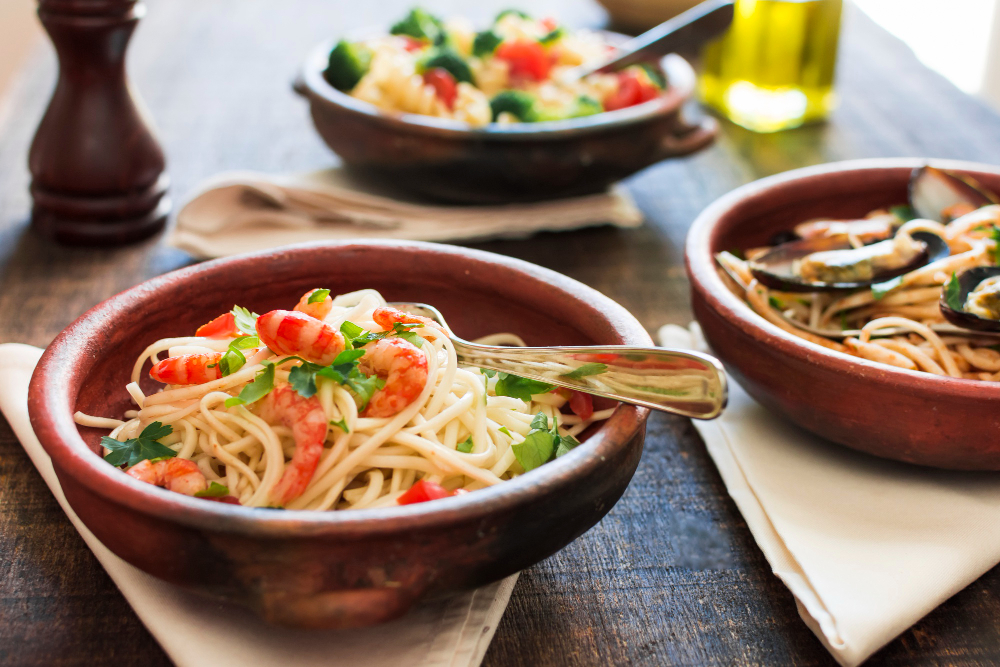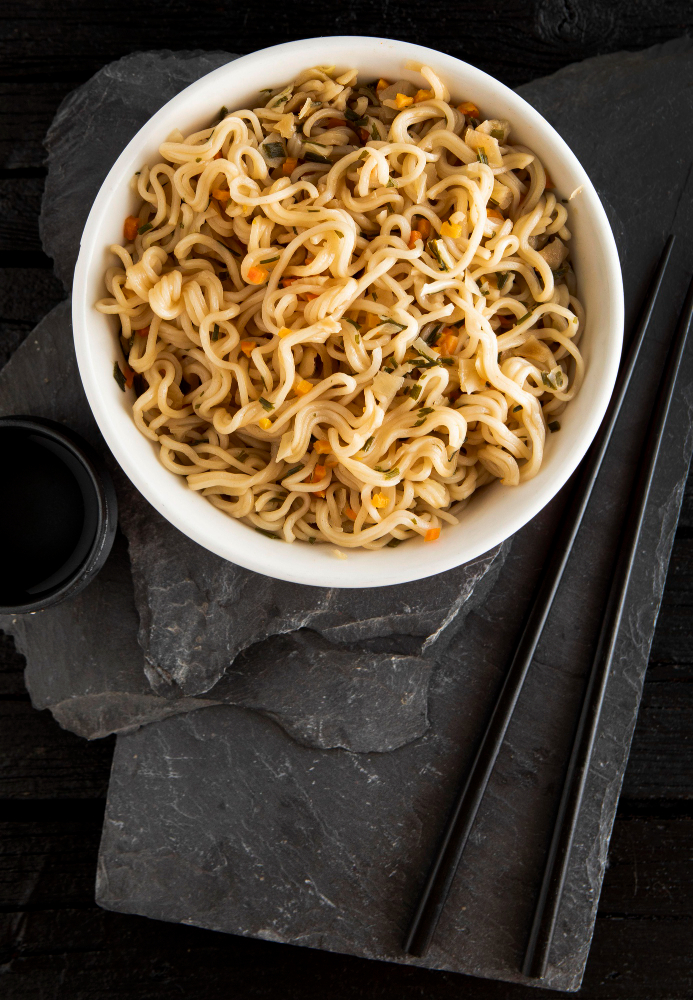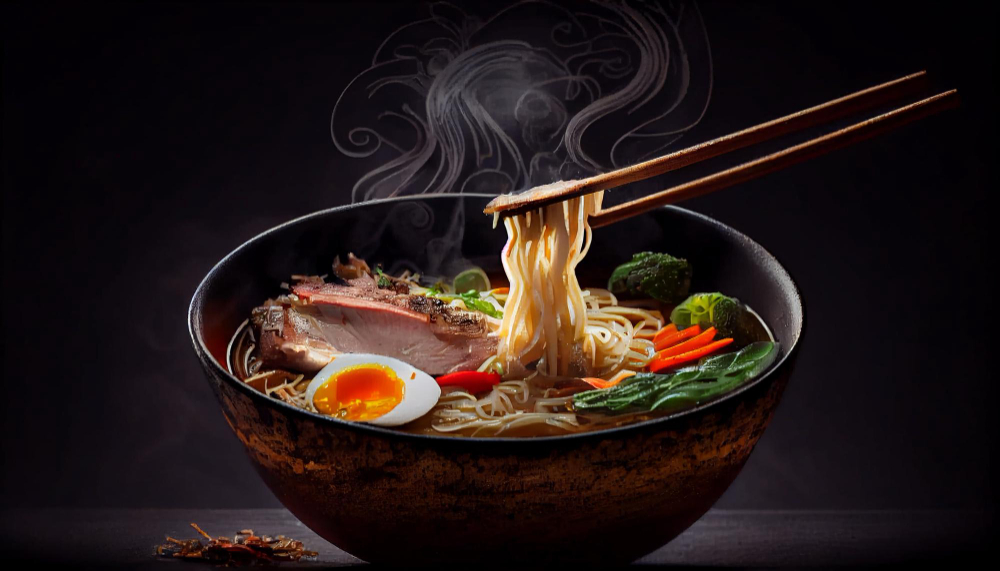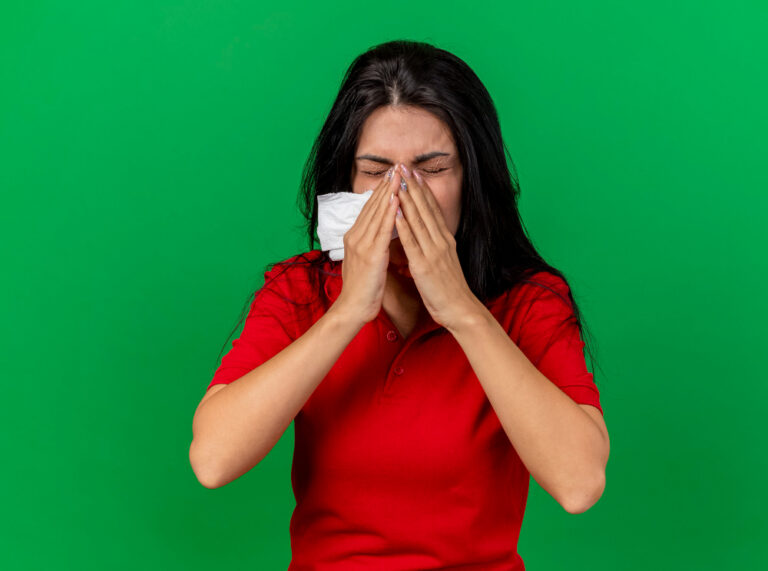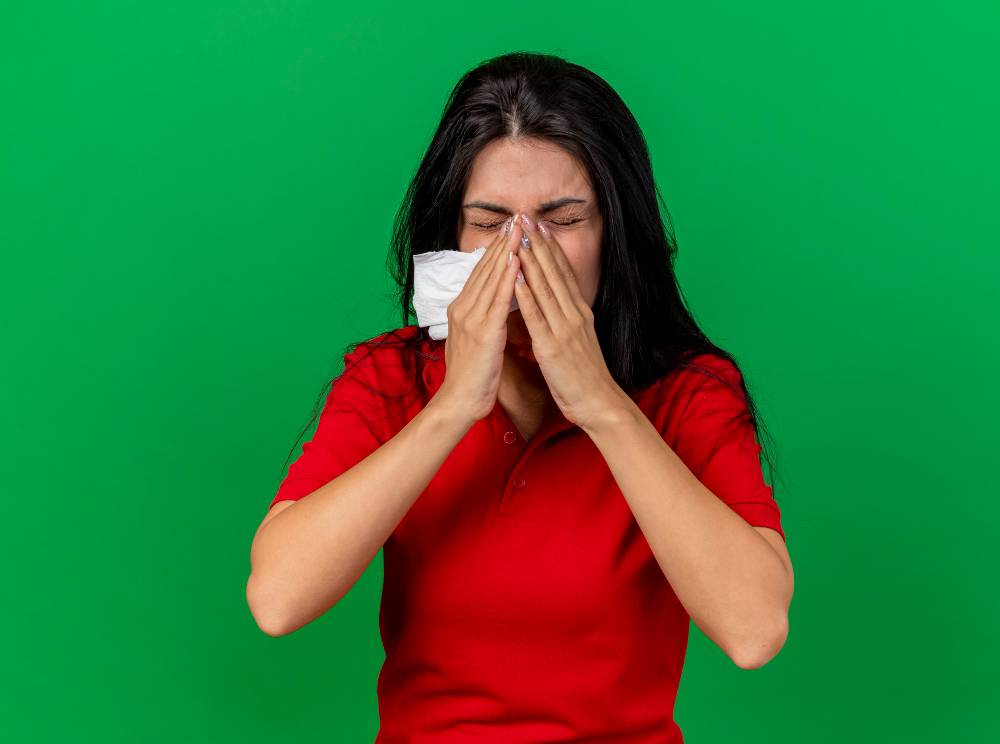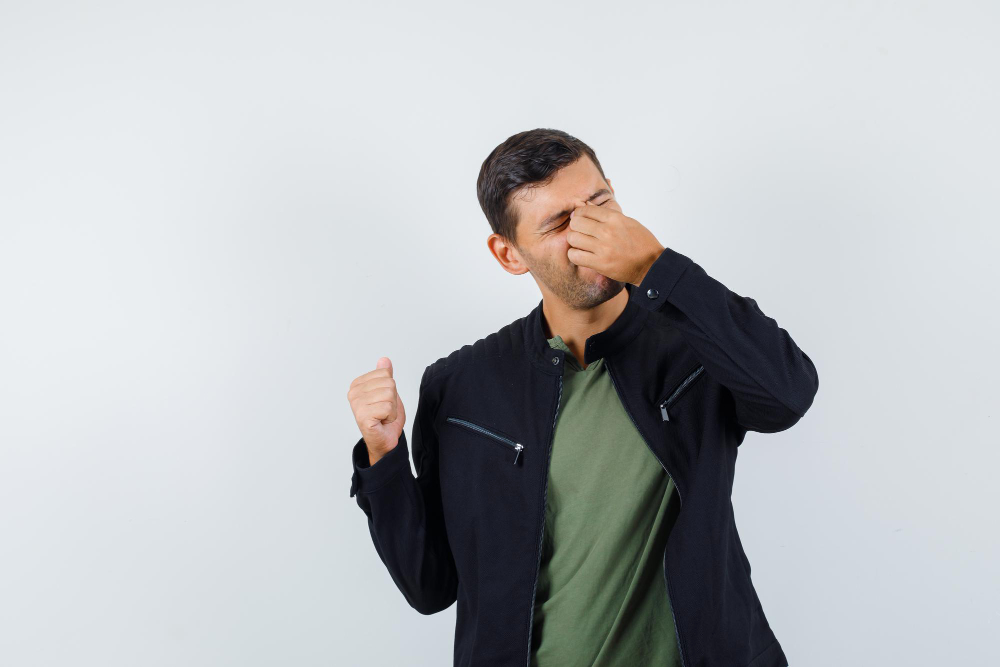Green Peppers are a great ingredient to add color and flavor in your dishes. Sweet Peppers — from salads to stir-fries, soups to sandwiches, the peppers will eat color and flavor (and cancer-preventers) into any meal. Read on to find out all the benefits sweet peppers have, and ways you can use them in your cooking.
Why Choose Sweet Peppers?
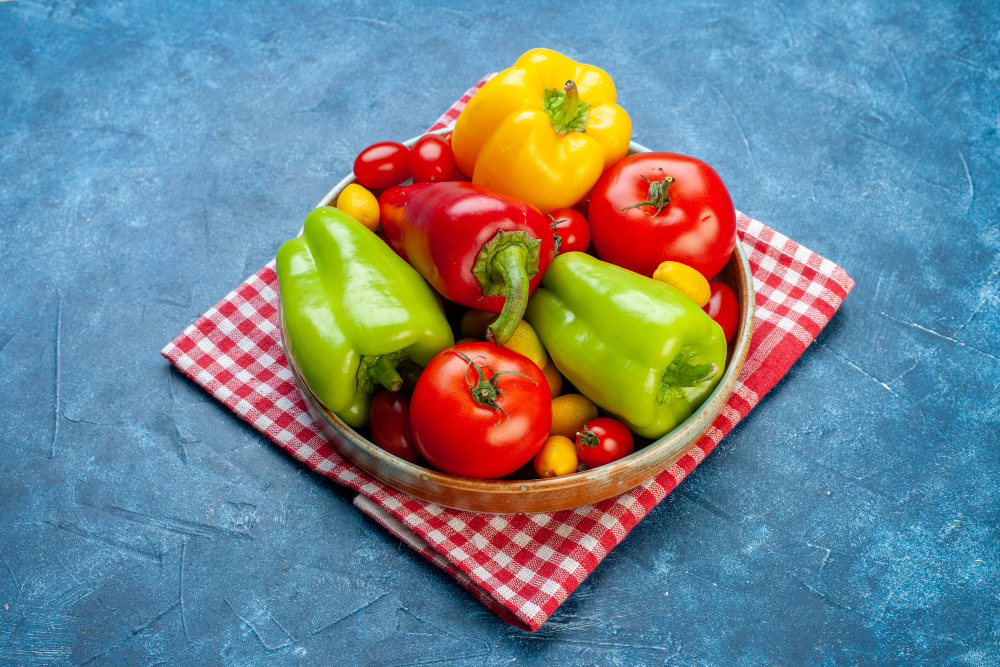
Red, Yellow and Orange Bell peppers = You get the best of all worlds with sweet bell pepper varieties in these vibrant colors.Vitamins A and C are high in antioxidants that strengthens your immune system as well good for a beautiful skin. Sweet peppers — As easy to use as their name implies, sweet and lightly flavored with a natural sweetness that works well in almost any dish whether savory or sweeter. They are also low in calories which helps with weight management. The best thing is that you can make sweet peppers in different ways, fried or raw.
Choosing And Storing Sweet Peppers
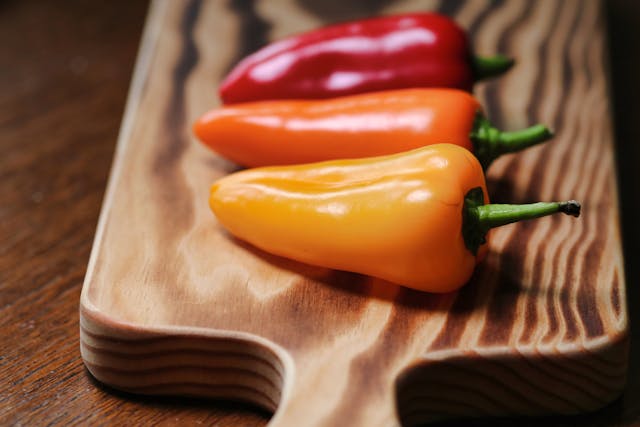
- Choose sweet peppers that are firm, have a shiny, smooth surface and no wrinkles.
- Select peppers that are a good weight for their size, showing they were recently harvested and have the most flavor.
Kept in the fridge, sweet peppers should last about a week if stored properly and preferably not washed until you’re ready to use them.
Do not allow sweet peppers to get wet until you are going to use them, as the water will cause damage and deterioration.
Cooking with Sweet Peppers
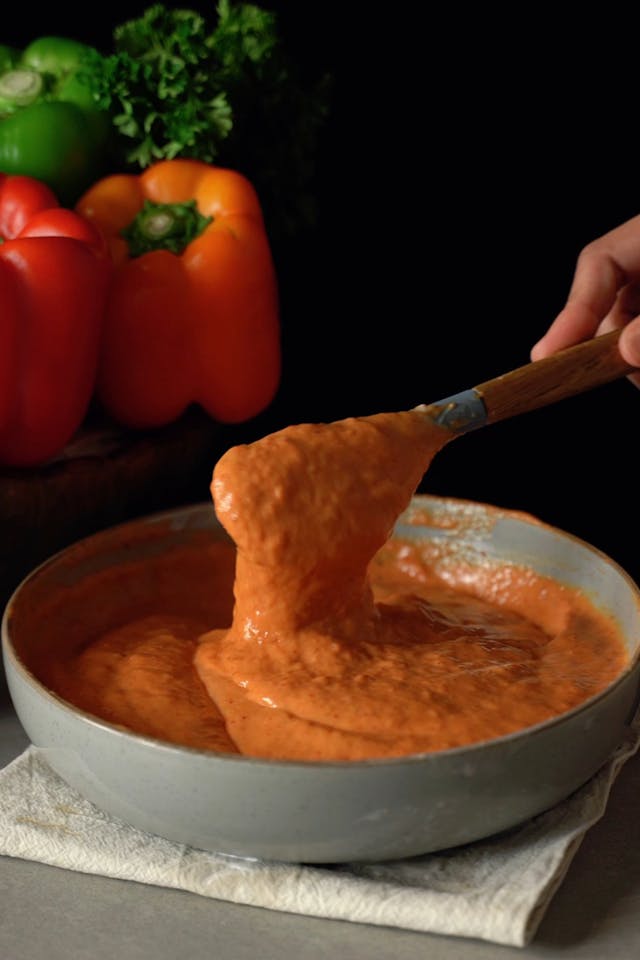
Similarly, sweet peppers can be sliced and used in salads for a crispy texture and sweetness. Sauteed with onions and garlic, they will make a flavor addition to soups/liquid-centric recipes, stews or sauces. Roasted Sweet Peppers — flavorful and caramelized- get crazy tender in the oven. Fill sweet peppers with a medley of rice, vegetables, and protein for an incredibly delicious and colorful entree.
Slip fresh sweet pepper slices into sandwiches, wraps and quesadillas for added crunch. Instead of olives on your pizza top it with roasted red peppers; they can pep up a ho-hum slice faster than you can pick up the phone to order takeout.
Roasted Sweet Pepper And Feta Salad Recipe
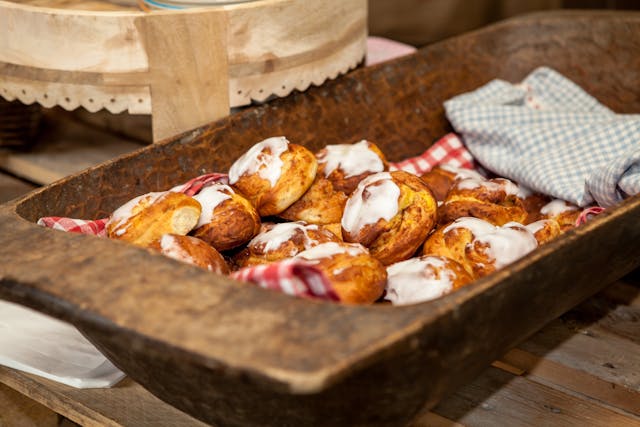
Ingredients:
2 red sweet peppers
2 yellow sweet peppers
1/4 cup crumbled feta cheese
2 tbsp olive oil
Salt and pepper to taste
Instructions:
Preheat the oven to 400°F.
Cut sweet peppers into strips and lay out on a baking sheet.
Drizzle the peppers with olive oil and season to taste.
Cook the peppers in the oven for 20-25 minutes, or until soft and slightly blistering.
Take the peppers out of the oven and let them cool for a bit.
Place the roasted peppers on a plate and crumble feta over them.
This delicious nutritional salad can be served warm or at room temperature.
bottom line
This incredible, colorful peppers and sweet flavor serve everything from veggies to a bowl influx of interest. Whether you like them raw in salads or cooked in soups and stir-fries, sweet peppers are a tasty — as well as healthy — addition to almost any meal. Spruce up your diet with bell peppers and share recipes in the comments! Your taste receptors will thank you!
Find out why sweet peppers are good for you, and how to start incorporating them into your diet. Sweet peppers range from salads to stir-fries and bring color and flavor that complement any plate.
FAQs
What is paper sweet called?
Paper sweet is commonly known as a candy wrapper, which is the material used to package individual sweets or candies. These wrappers come in various colors, designs, and sizes, adding to the visual appeal of the sweet treats. The paper sweet not only serves as a protective covering for the candies but also enhances the presentation and overall experience of indulging in these sugary delights. Whether it’s a piece of chocolate, a lollipop, or a piece of taffy, the paper sweet plays a crucial role in keeping the treat fresh and hygienic until it reaches the eager hands of the consumer. Next time you unwrap a piece of candy, take a moment to appreciate the humble candy wrapper that makes every sweet treat a little more special.
What is the sweet that looks like paper?
Wafer paper is a sweet treat that looks like paper but is actually completely edible and delicious. It is a thin, edible paper made from starch, sugar, and flavoring, commonly used in cake decorating and candy making. Wafer paper has a slightly crispy texture and a neutral taste that makes it perfect for adding delicate decorations to desserts, such as flowers, butterflies, and other intricate designs. Despite its paper-like appearance, wafer paper quickly dissolves in the mouth when eaten, adding a fun and unique element to any dessert. So, next time you see a sweet that looks like paper, you’ll know it’s probably wafer paper!
How much does 1 kg of Putharekulu cost?
The cost of 1 kg of Putharekulu can vary depending on where you purchase it. Typically, the price can range from $10 to $20 per kilogram, but this may fluctuate based on factors such as the quality of ingredients used, the brand, and the geographical location of the store. It is always advisable to check with local retailers or online stores to get the most accurate and up-to-date pricing information.
Which paper is used in sweets
The paper commonly used in sweets is known as wax paper or parchment paper. This type of paper is designed to be non-stick, heat-resistant, and safe for food contact. It is often used to line baking pans and trays to prevent sticking and make cleanup easier. In the case of sweets such as candies, chocolates, or confections, wax paper is often used to wrap individual pieces for storage and presentation. Its moisture-resistant properties help to keep the sweets fresh and prevent them from sticking together. Overall, wax paper is a versatile and convenient option for handling and packaging sweets in various settings.


